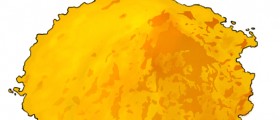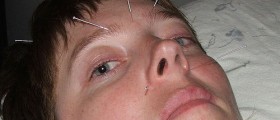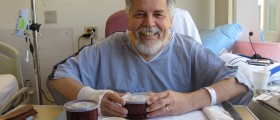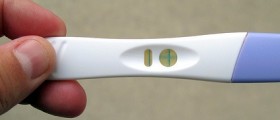
Porphyria is the uncommon group of maladies transferred through families in which a significant part of hemoglobin, known as heme, does not develop properly. Heme is located throughout the body, particularly in the blood where it implies oxygen. Affected persons have a genetic disorder in which the porphyrias (and their precursors) gather to toxic levels in the body. As a consequence, porphyrins form in the body, which can cause light sensitivity, pain in abdomen, and rashes. There are various forms of porphyria. Each is caused by a more or less dissimilar enzyme deficiency with a different pattern of symptoms. The types are often distinguished as acute or non-acute.
Persons with an acute type of porphyria suffer episodes of sharp pain and confusion of the nervous system that may develop hastily, over several hours, causing a wide range of signs throughout the body. An acute attack is caused by an increase of porphyrin levels and porphyrin precursors levels. Possible triggers may be alcohol, drugs, infection, smoking and hormone level change. Other symptoms that may occur are nausea, vomiting and constipation, stomach cramps, muscle weakness, pain in the back, arms, or legs. In some, more extreme cases, patients even may report high blood pressure, confusion, paralysis, heart palpitations and a rapid heartbeat. The essential problem of non-acute porphyria is the problem with the skin. The most frequent form is porphyria cutanea tarda.
Diagnosis
To make a diagnosis, a doctor may require several laboratory tests, such as blood test, urine test and stool sample test. Other tests which may be done are enzyme assay, blood gases, creatinine clearance, serum creatinine, serum potassium, and urinalysis.
Treatment
Although there is no cure for porphyria, certain medications and therapies may eliminate the symptoms. Medical therapy may imply taking painkillers, hematin given through a vein, and propranolol (to control the heartbeat). The patient may be advised to take other therapies, such as fluids and glucose, to increase carbohydrate levels and thus help in controlling the manufacture of porphyrins, beta-carotene supplements. Phlebotomy is a treatment which implies removal of a unit of blood at regular intervals and which may also help in some cases. Depending on the type of porphyria, a doctor may advise the patient to avoid medications that may lead to an attack. Taking in alcohol and sun light should be avoided. The patient should also avoid food that involves severe calorie limitation. Adequate therapy and avoidance of causes can help. Possible complications are lung failure, gallstones, coma, and paralysis. Since porphyria can be inherited, a patient's siblings and other family members should think about undergoing genetic testing to see if they have this disorder.

















Your thoughts on this
Loading...